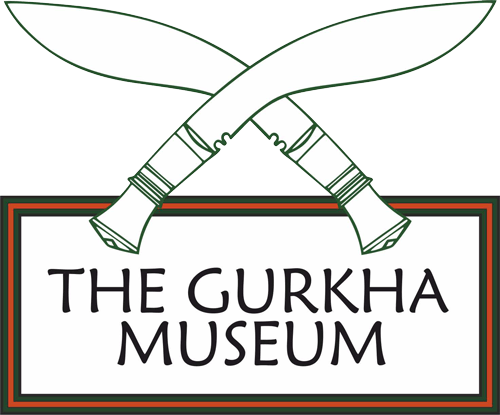Introduction
The Italian Campaign began in July 1943 when Allied forces invaded the island of Sicily. The island was captured after five weeks of fighting, inflicting a defeat on the Italians that led to collapse of Benito Mussolini’s fascist regime
But despite all hopes, this did not force Italy out of the war. Desperate to protect his southern borders, Adolf Hitler quickly sent German forces to occupy Italy, creating a series of formidable defensive lines along the length of the Italian peninsula. Landing at Salerno on 3 September 1943, the Allies began a grinding slog north, forcing their way through one defensive line after another, in a campaign that stretched on until May 1945.
Nine Gurkha battalions fought in Italy. Throughout 1944 they saw some of the worst fighting of the campaign, suffering heavy casualties at Monte Cassino and the Gothic Line. But despite this, the Gurkhas were regarded as some of the finest troops in Italy. For its part in the Monte Cassino fighting, the 1st Battalion, 9th Gurkha Rifles had been congratulated by General Sir Oliver Leese, commander of the British 8th Army.
………………
By early-1945, many Gurkha battalions were concentrated in the area of the Senio river in northern Italy. The German defensive positions along the banks of the Senio were one of the last obstacles between the Allies and the complete liberation of Italy. In April 1945, after reorganisation and rest following the difficult battles of 1944, Allied commanders judged the time had come for the final push.
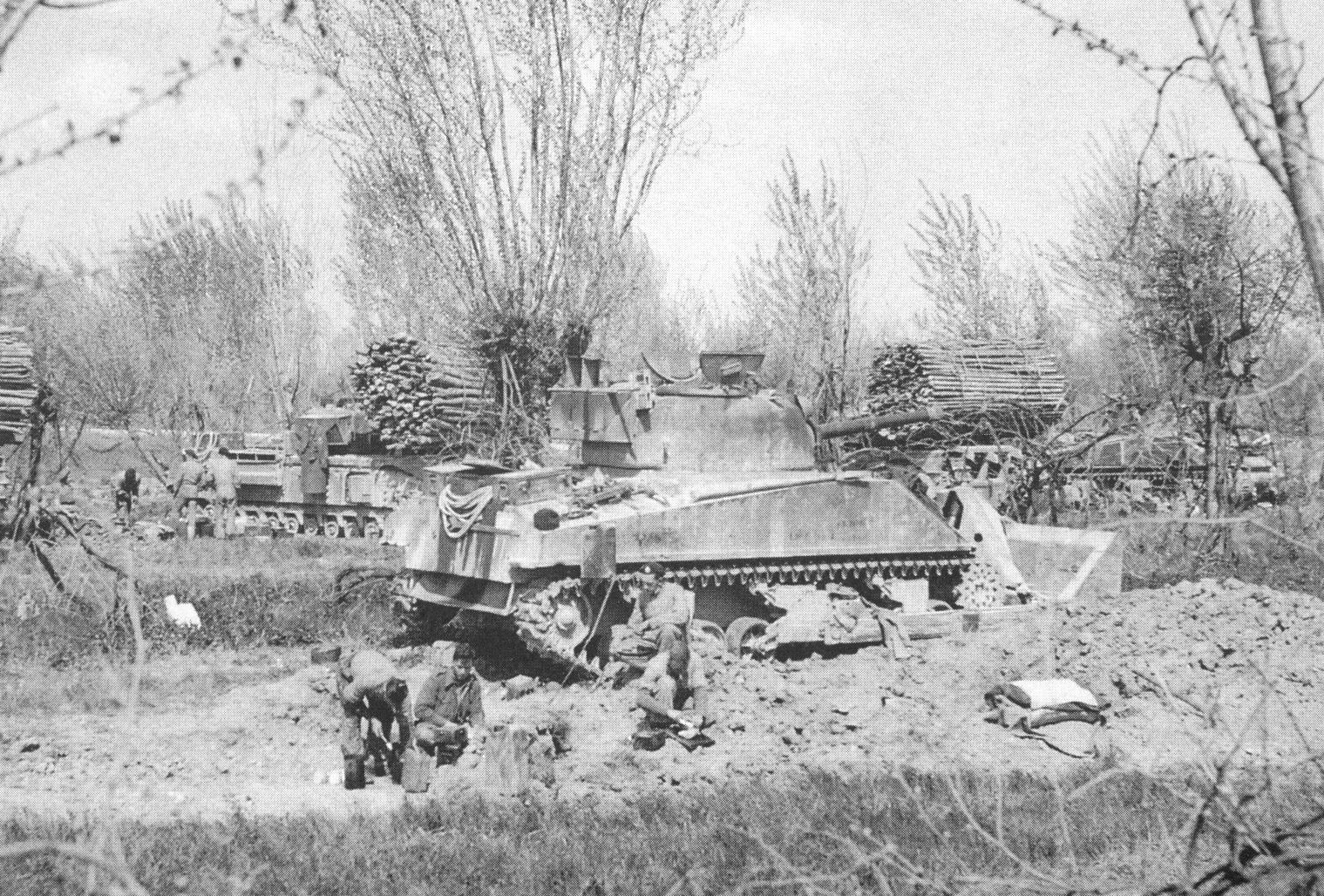
Allied tanks preparing to cross the Senio river, April 1945.
The River Crossings
Prior to the main offensive, German positions on the Senio were ‘softened up’ by smaller attacks. The 43rd Independent Gurkha Infantry Brigade had been rotating through the line at the Senio since the New Year and had carried out extensive reconnaissance of the German lines in spite of mud, barbed wire and freezing snows.
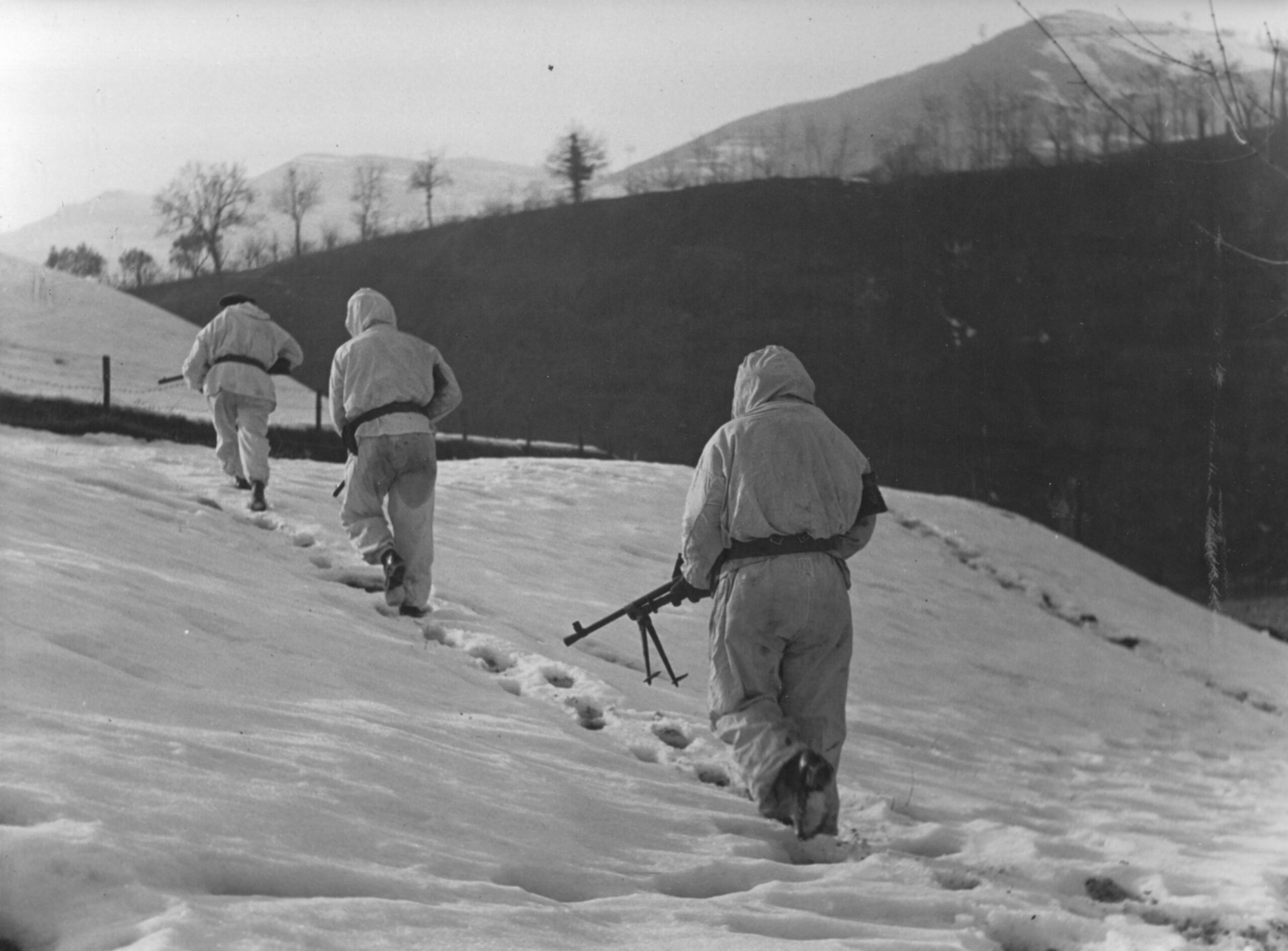
Gurkhas in snow camouflage patrolling the wintry landscape, c. late-1944 or early-1945.
On the night of 22 February, the 43rd Brigade attacked the eastern bank of the Senio. The 2nd Battalion, 8th Gurkha Rifles braved intense shellfire to advance to the riverbank, where it hurriedly established a new line of defensive posts. From 23 February to 3 March the Germans made multiple attacks against the Gurkha positions, but all were thrown back. When the 43rd Brigade was finally relieved, the Gurkhas had secured 3 miles of riverbank. Casualties had been high, with 2/8GR alone having had 30 men killed. With footholds established along the river, the Allied offensive began on 6 April.
On 11 April, the 1st Battalion, 5th Royal Gurkha Rifles, part of the 8th Indian Division, attacked at the Santerno river. Accompanied by flamethrowing Crocodile tanks, 1/5RGR advanced toward heavily defended German positions. Almost immediately the tanks ran into difficulty, ditching or breaking down, with only one making it to the riverbank. Exposed and with almost no armour to cover them, the Gurkhas waded through the waist deep water under a hail of machine gun fire.
Against the odds, some of the Gurkhas managed to reach the opposite bank. Heavily reduced in numbers, these scattered groups of men had no choice but to hold their ground as long as they could. In one instance Lance-Naik Pahalsing Gurung, the only man in his section not killed or wounded, crawled about the battlefield collecting whatever weapons he could find. Through the course of the battle, Pahalsing singlehandedly fended off three enemy counterattacks. Recognising the critical situation, battalion headquarters sent another company to reinforce the attack and the ground was held.
By 12 April, working alongside other 8th Division units, 1/5RGR were defending the bridgeheads across the Santerno and mopping up German resistance. The battalion had lost 27 men killed and 63 wounded, but with the Santerno crossed and the Germans held off, the Allied advance could press forward.
…………………….
The Battle of Medicina
After the fighting at the Senio, the 43rd Gurkha Independent Infantry Brigade was moved out of the line for a well-earned period of rest. Once back in the line they had the novel experience of coming under the command of the 2nd Polish Corps. They settled into the arrangement once the Gurkhas had gotten used to communicating with their Polish colleagues in broken Italian.
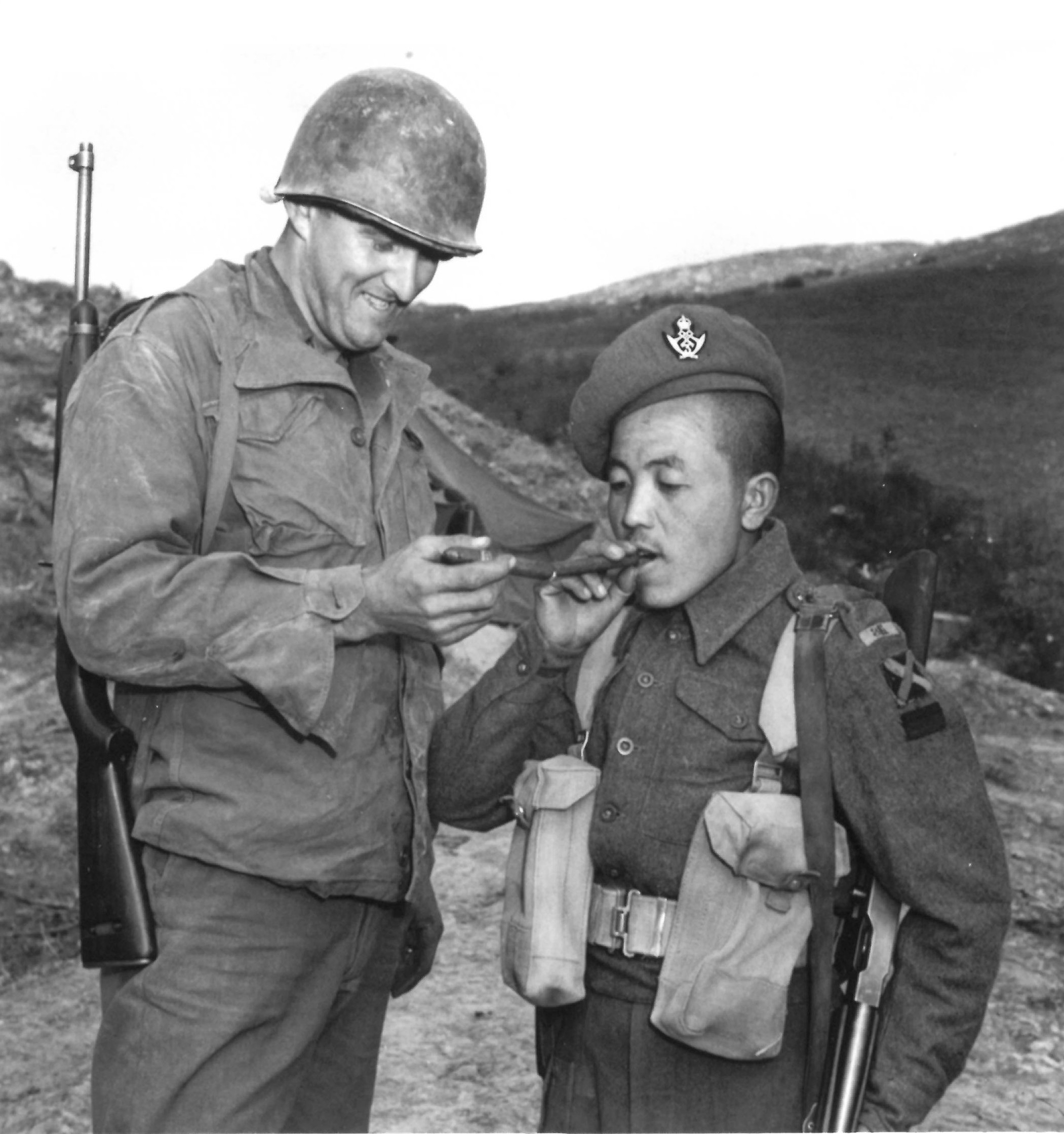
A man of the 3rd Gurkha Rifles shares a cigar with an American soldier. The campaign in Italy was a truly international effort, and was fought by troops from the UK, US, Canada, New Zealand, South Africa, India, Poland, Greece, France, and Brazil.
In March, the 43rd Brigade received ‘Kangaroo’ tanks, operated by the 14th/20th King’s Hussars. Kangaroos were troop carrying tanks that could quickly drive a section of up to 10 men into combat. Ready to join the unfolding offensive, the 43rd Brigade advanced in the wake of the river crossings, joining a column of Allied vehicles across the Senio, Santerno and Sillaro rivers.
Resistance was first encountered on 15 April but failed to slow down their advance, and by the following day they had come into sight of the town of Medicina. Not willing to lose their momentum on a drawn out engagement, it was decided that the town would be stormed.
The battle that followed was fast and chaotic. ‘B’ Company of the 2nd Battalion, 6th Gurkha Rifles alongside ‘C’ Squadron, 14/20th King’s Hussars, dashed into the town and poured fire onto any building or position occupied by the enemy. The Germans were caught completely by surprise, abandoning heavy guns and equipment as they fled.
The Gurkhas and their Hussar comrades fought in close co-operation, with the tanks scattering German resistance whilst the Gurkhas went house to house, clearing rooms with grenade and khukri. By nightfall Medicina was in Allied hands. 2/6GR had captured 75 prisoners and a large amount of heavy equipment, including a Tiger tank.
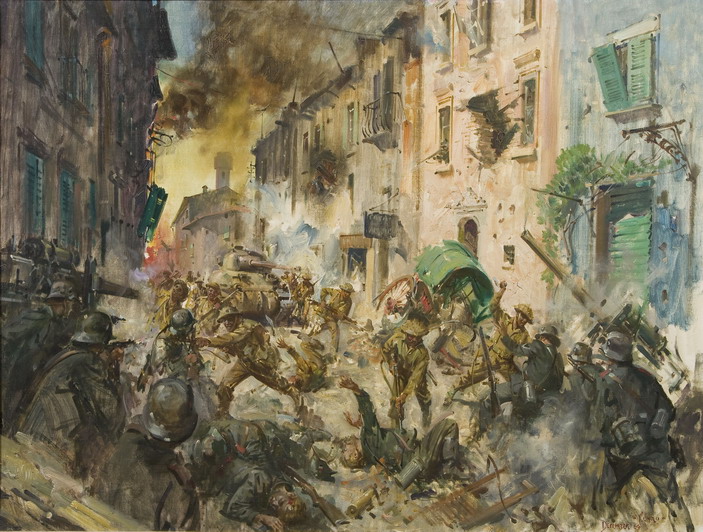
The combined force of 2/6GR and the 14/20th Hussars charge into Medicina, as depicted by Terrence Cuneo.
Two companies, including Major Henry Watson’s ‘D’ Company, sped past Medicina and onto the Gaina Canal. They encountered little opposition during the advance, but once they dismounted their vehicles the scene became what Major Watson later described as a ‘nightmare’. Almost immediately, the company came under fire from a battalion of German paratroopers and Watson’s second-in-command, Lieutenant Alastair Macdougall, was mortally wounded.
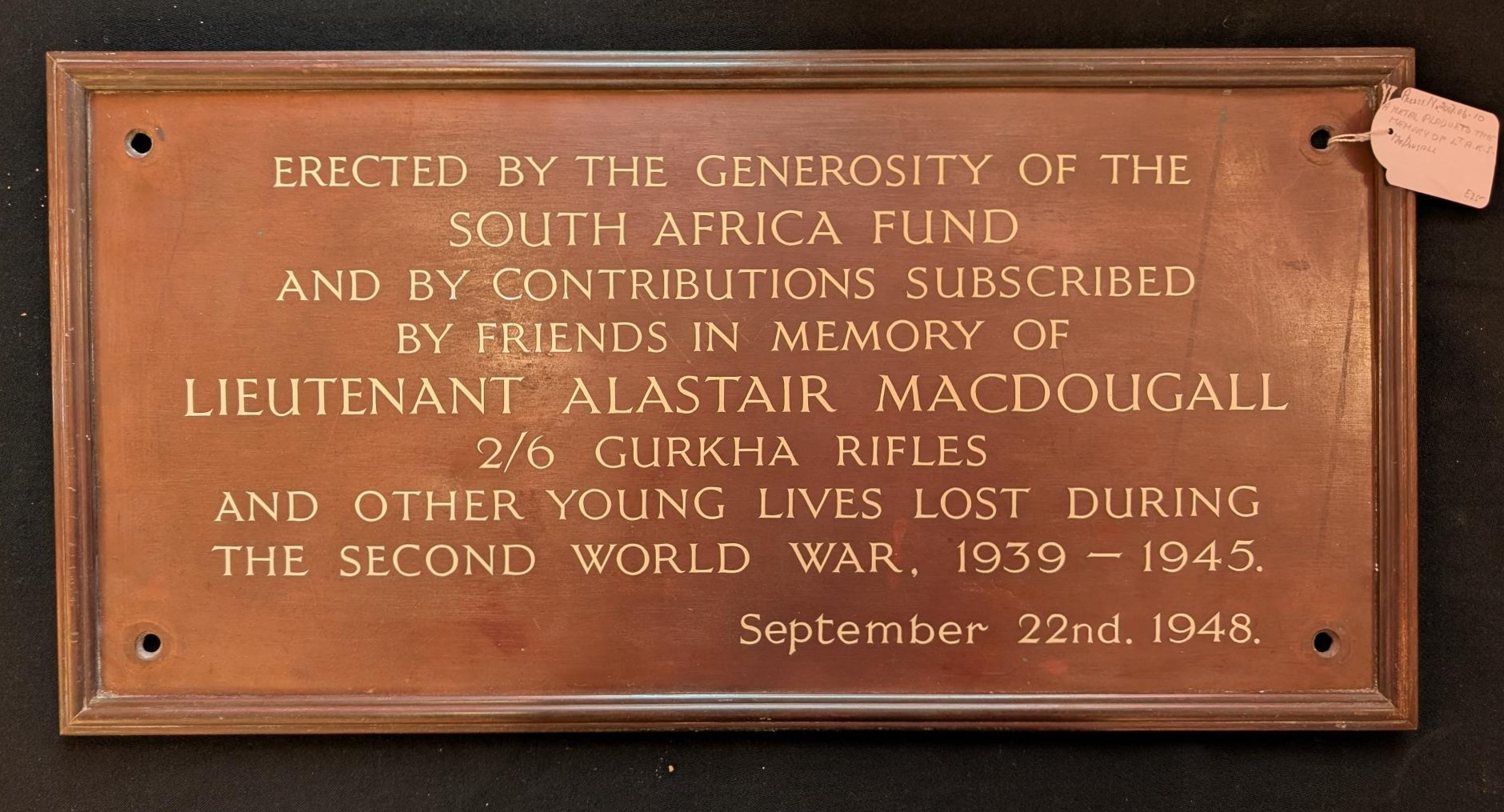
Three years after his death, Lieutenant Alastair Macdougall was commemorated on this plaque, erected by the South Africa Fund. Major Watson was deeply saddened by Alastair’s death, and kept a letter from Alistair’s father in which he wrote of his pride in his son. Both the plaque and the letter are in the Museum’s collection.
